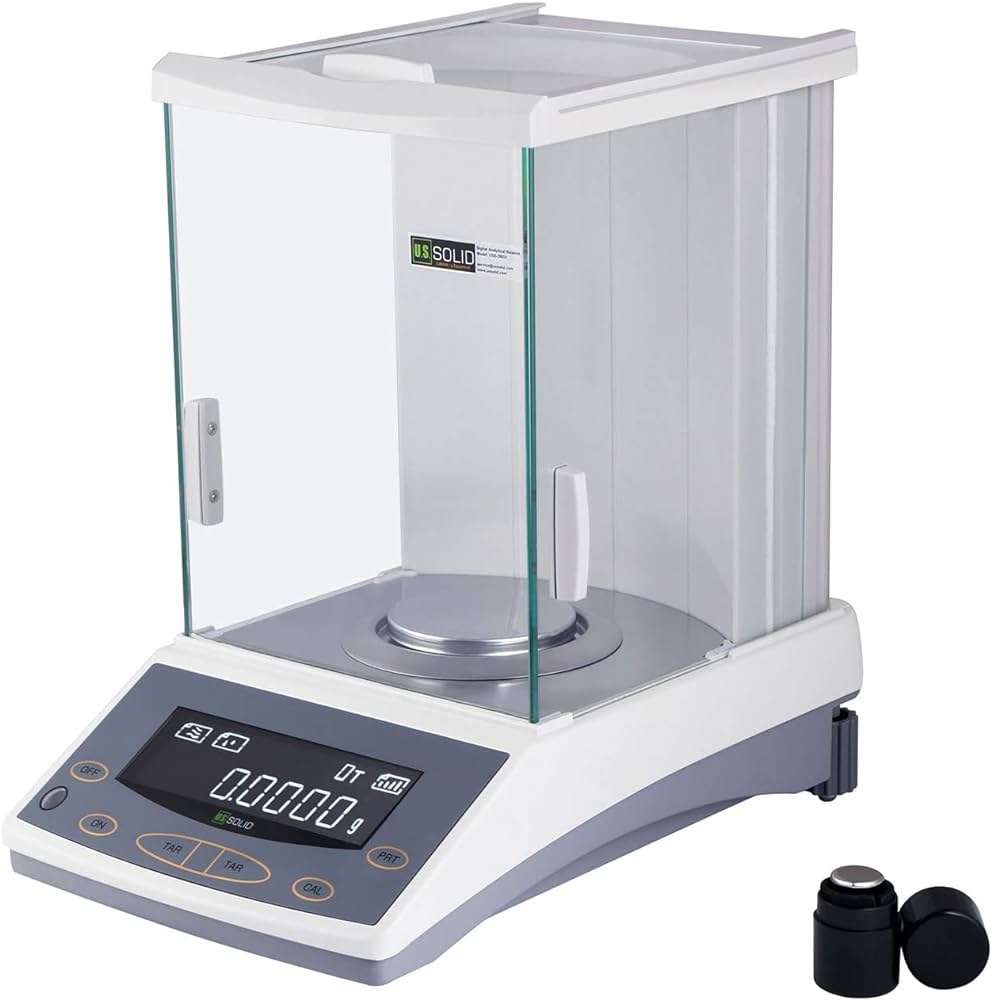Analytical Balance the back bone of Laboratories
Anlytical balances importance in high precision weighing in Labs and research centers


The Precision of Analytical Balances: Exploring Technologies for Accuracy
In laboratories and scientific research, precision is paramount. Analytical balances serve as indispensable tools, ensuring accurate measurements for various substances. Here, we delve into the technologies powering analytical balances, particularly those designed for precise measurements ranging from 20g to 600g with an accuracy of up to 0.01 mg.
1. Electrostatic Force Compensation (EFX):
Utilizes electromagnetic force to counteract the mass being measured.
Highly sensitive and provides stable readings even in challenging environments.
Ideal for weighing substances with static charges or air currents.
2. Electromagnetic Force Restoration (EFR):
Relies on a coil and magnet system to restore balance.
Offers quick response times and excellent repeatability.
Suitable for applications requiring frequent measurements and adjustments.
3. Piezoelectric Technology:
Utilizes the piezoelectric effect to generate a voltage proportional to applied force.
Offers exceptional sensitivity and stability.
Well-suited for weighing small quantities of substances with high precision.
4. Strain Gauge Load Cells:
Utilizes strain gauges to measure the deformation of a metallic element under load.
Provides accurate measurements with minimal drift over time.
Commonly used in analytical balances for their reliability and cost-effectiveness.
5. Magnetic Force Restoration (MFR):
Relies on a magnetic force to restore balance.
Offers high precision and stability over time.
Ideal for applications requiring consistent measurements in controlled environments.
Key Features:
Calibration: Most analytical balances offer internal or external calibration options to ensure accuracy.
Readability: Capable of displaying measurements down to 0.01 mg, enabling precise weighing of minute quantities.
Built-in Functions: Many models come equipped with features such as density determination, percent weighing, and statistical analysis.
Data Connectivity: Integration with computer systems and software allows for data logging and analysis, enhancing workflow efficiency.
Conclusion:
Analytical balances play a crucial role in scientific endeavors, providing the accuracy and precision necessary for reliable results. With advancements in technology, a range of options is available to meet the diverse needs of laboratories and research facilities. Whether it's electrostatic force compensation, piezoelectric sensors, or strain gauge load cells, each technology offers unique advantages, ensuring accurate measurements within the desired range. When selecting an analytical balance, considering the specific requirements of the application is essential to achieve optimal results.
